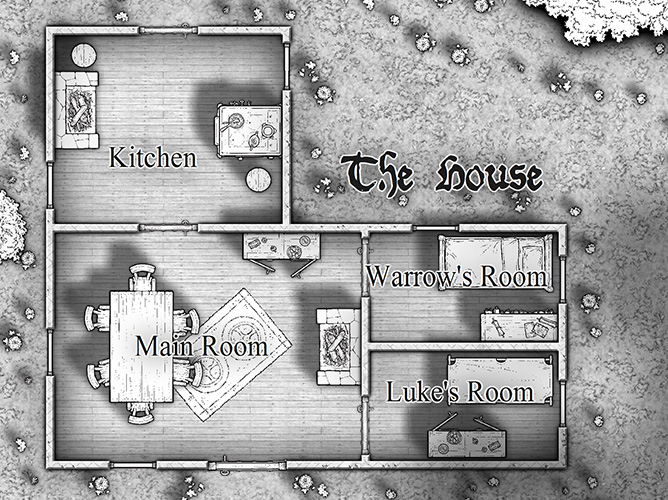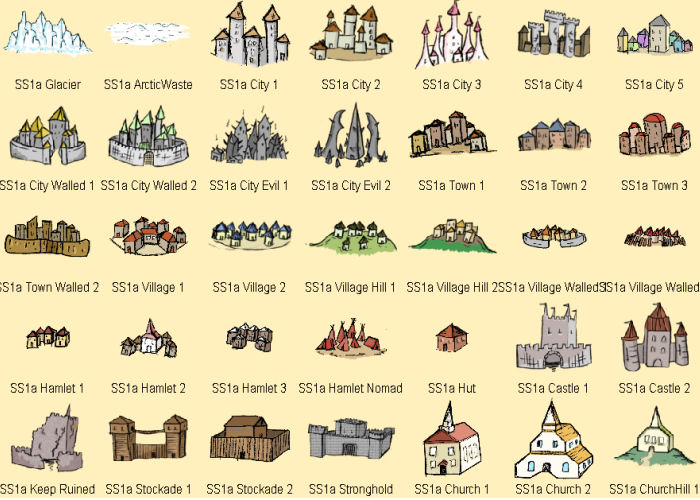

The same is true if I use the tile background for UM2 style maps. If I were to use a grid that covered the entire area of the map (using Draw -> Hex or Square Overlay.) and that grid was in a color other than black, the grid would show up on top of the black background of a UM1 map because of the way sheets work in CC3 (because the GRID sheet sits on top of the BACKGROUND sheet in this case). I look forward to crossing that bridge when I get to (with fingers crossed that Elminster won't pull a Gandalf and proclaim "you shall not pass!").Over the Thanksgiving holiday, I played around with various options for overcoming this obstacle. I have already started to run into some technical difficulties, particularly with the ways grids work in CC3 and trying to get them to work with these maps. I look forward to crossing that bridge when I get to (with fingers crossed that Elminster won't pull a Gandalf and proclaim "you shall not pass!").

Here is a sample of a section of a UM1 map:Īnd here is a sample section of a UM2 map: I will share what I learn along the way in case anyone wants to use CC3/DD3 to do the same. In this WIP thread I am going to document my progress in creating techniques for reproducing dungeon maps with Campaign Cartographer 3 (CC3) and the Dungeon Designer 3 (DD3) add-on that mimic the style of the maps found in the Ruins of Undermountain I and II boxed sets (UM1 and UM2 from this point on). They emanate complexity in their simplicity. I have always loved those Undermountain maps, not only for their shear size and scope, but their use of colors and symbols in new (for the time) yet familiar ways. Somewhere beween the old school and the new came a golden age of dungeon maps (at least in my opinion) that can be seen in the old 2e AD&D Forgotten Realms boxed sets, Ruins of Undermountain and Ruins of Undermountain II. Over the course of fantasy RPG history we have seen the published dungeon map evolve from simple black and white (or blue and white) graph paper style maps to more modern renderings that border on the photorealistic.


 0 kommentar(er)
0 kommentar(er)
